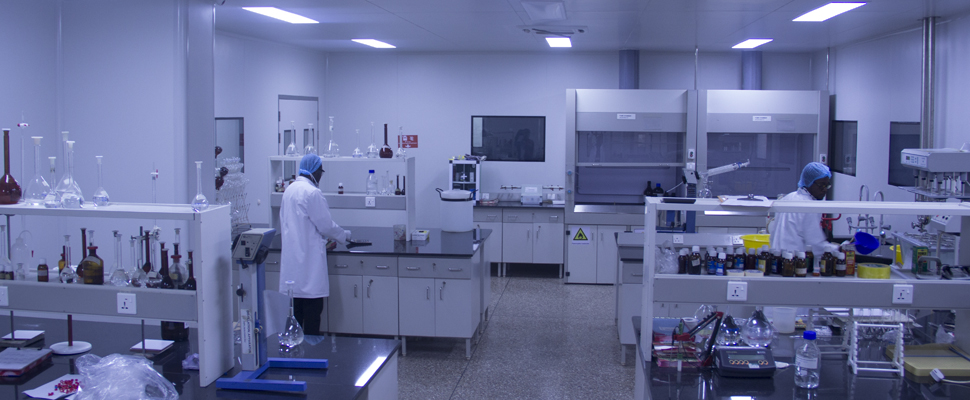- +233 (0) 2088923003
- Ground Floor, AGI Office building Complex La - Accra (RM 16, 17)
PMAG Innovations

INNOVATIVE MEDICINES
Bioequivalence
If two medicines are bioequivalent there is no clinically significant difference in their bioavailability. Bioequivalence studies are a surrogate marker for clinical effectiveness and safety data as it would not normally be practical to repeat clinical studies for generic products. It is accepted that if plasma concentrations of the active ingredient of the generic and innovator medicines are the same, then their concentration at the site of action and therefore their safety and effectiveness will be the same.
In addition to being bioequivalent, a generic medicine must conform to high quality standards in terms of the methodof manufacture and the purity of the final pharmaceuticalform. read more
Active Pharmaceutical Ingredients (APIs) Division
The production of chemical active pharmaceutical ingredients (chem APIs) involves a variety of process steps that must be optimally coordinated. The systems must be implemented flexibly, but cross-contamination of the different APIs must be prevented at the same time. In addition, the effective utilization of production systems that are distributed around the world is becoming increasingly important.
Process optimization is the key to meeting these challenges effectively. The integration of the entire process, from the raw materials to the respective production steps to the end product, makes it possible to reduce costs and processing times; improve employee safety, including in explosion areas; and prevent contamination of the active ingredients produced.
